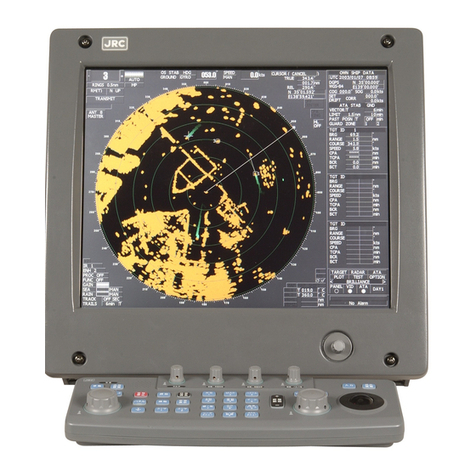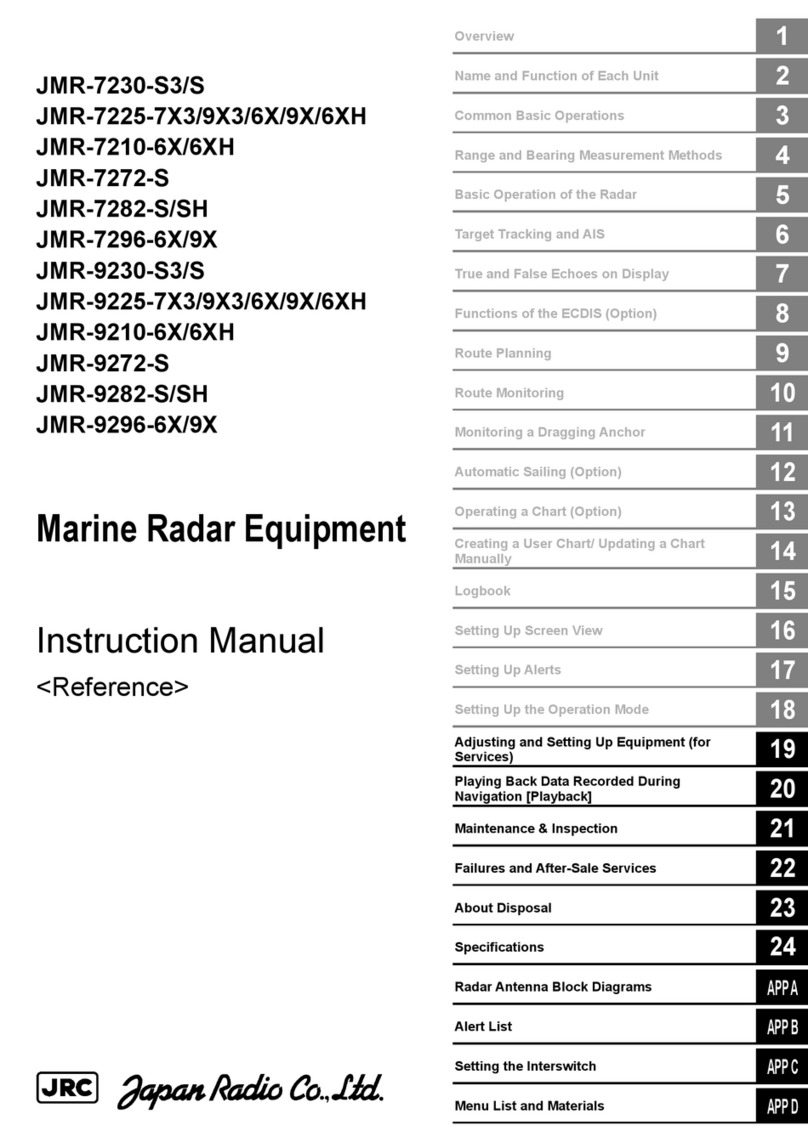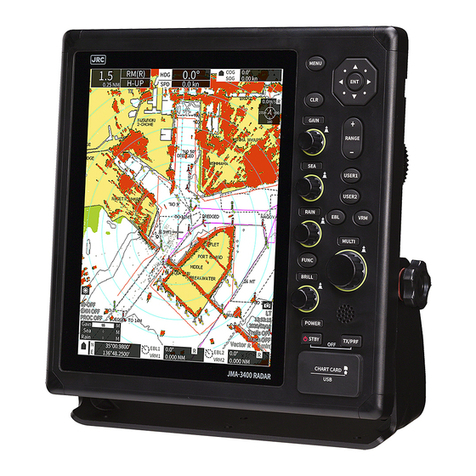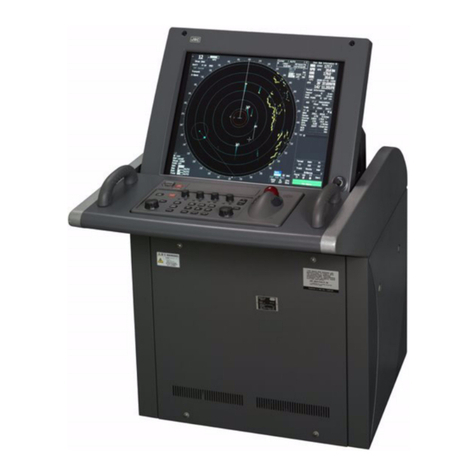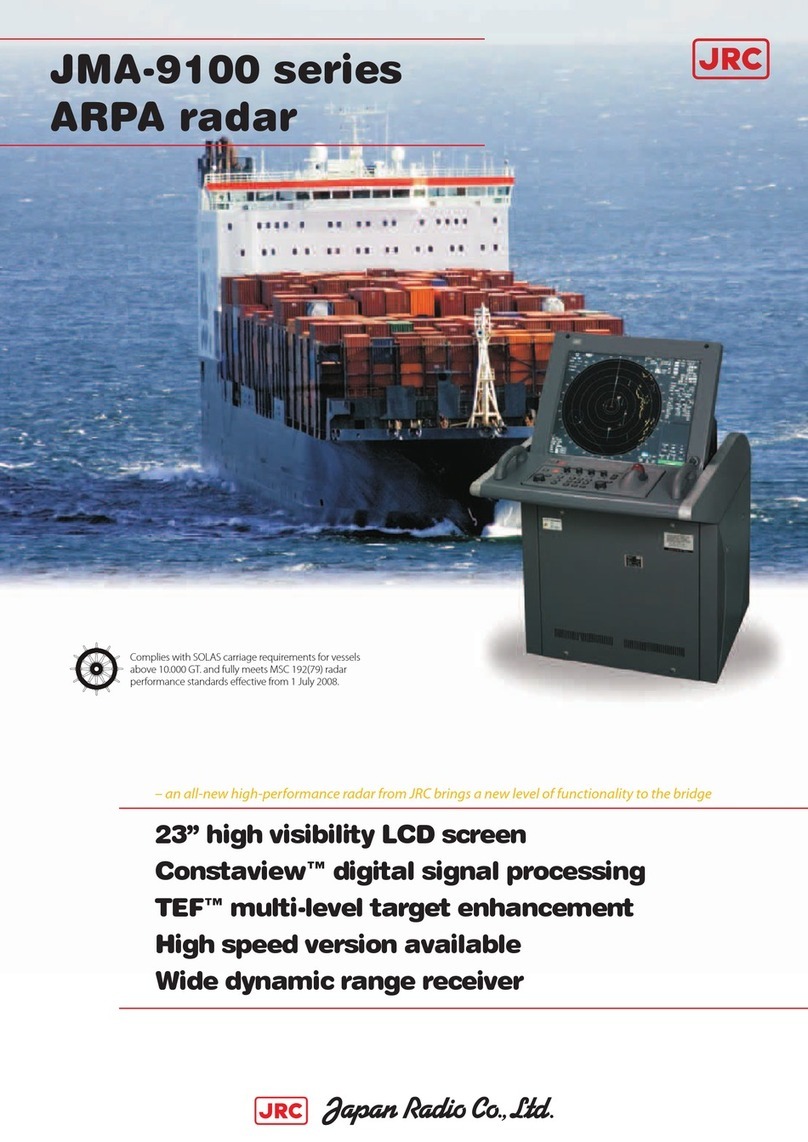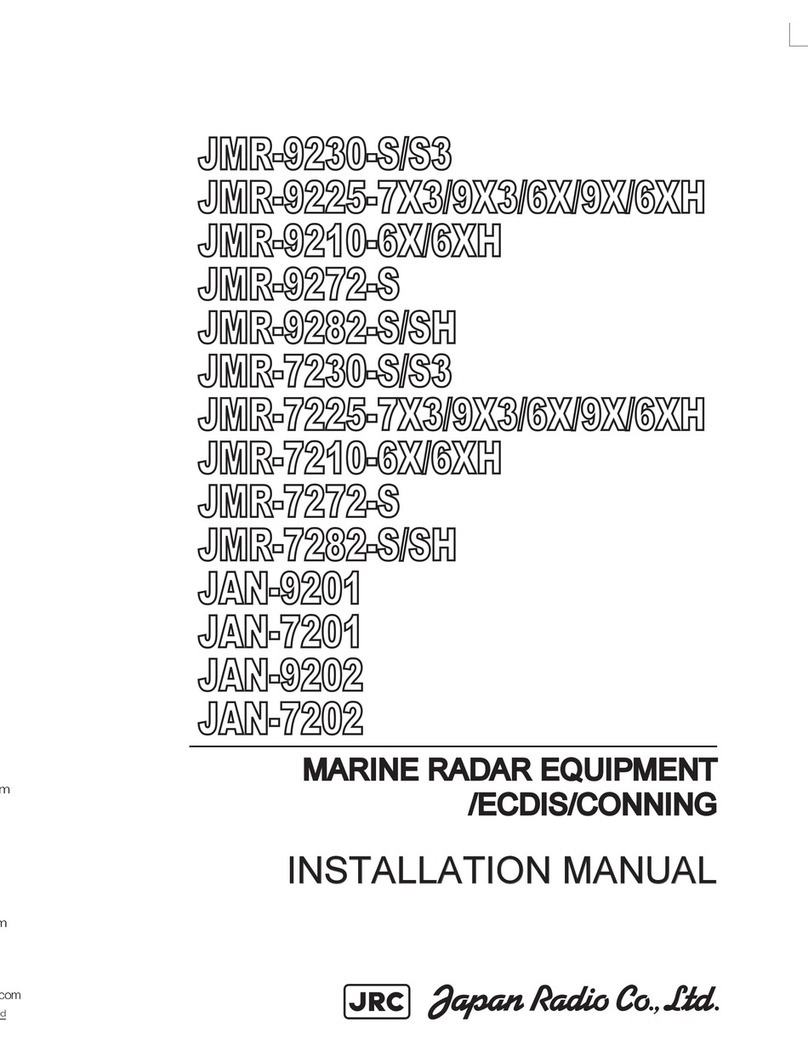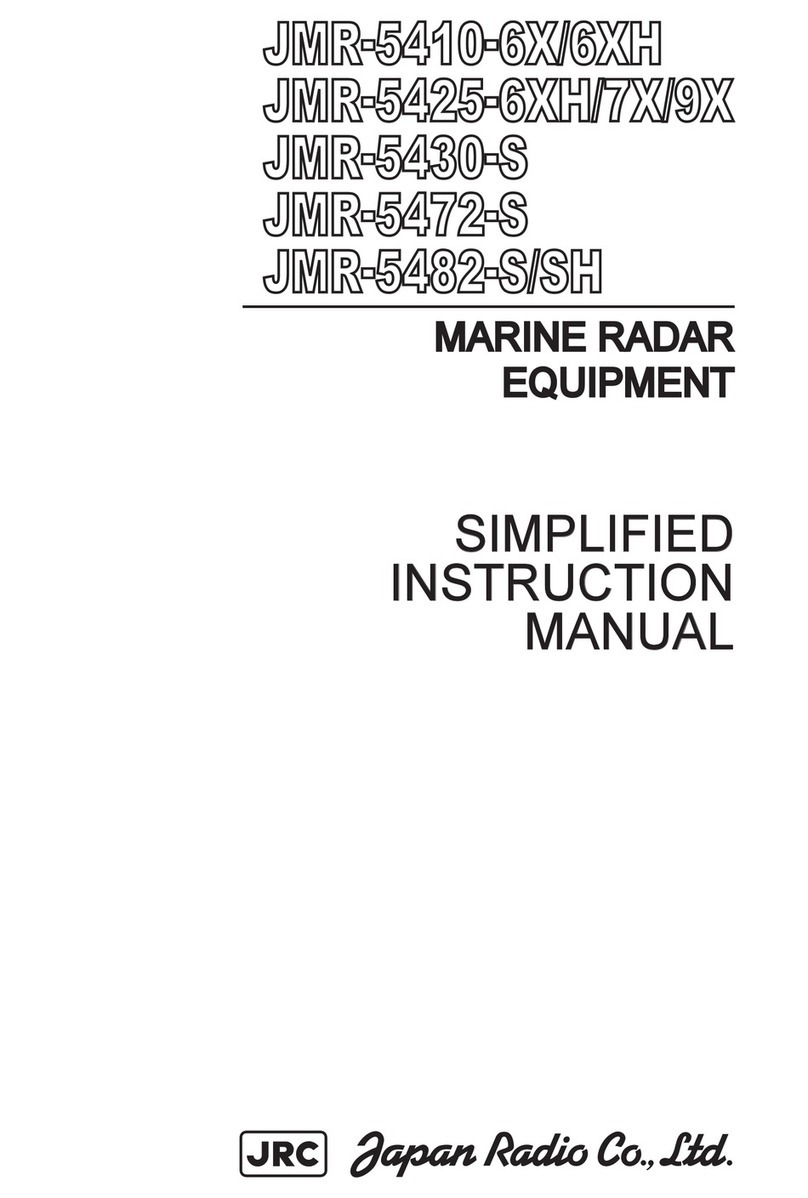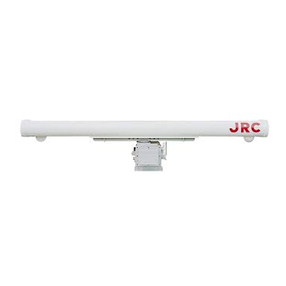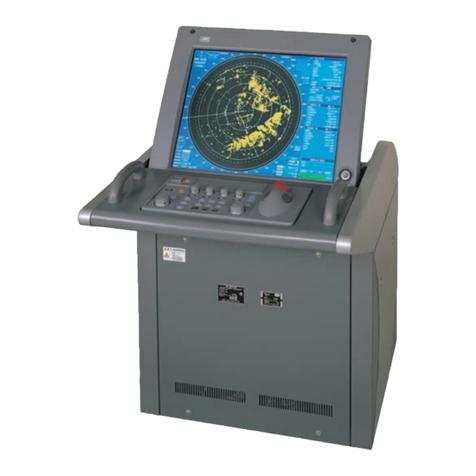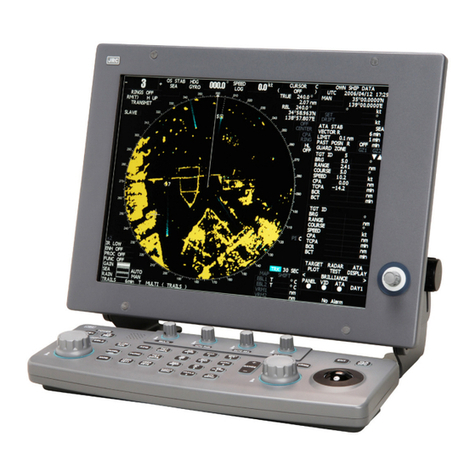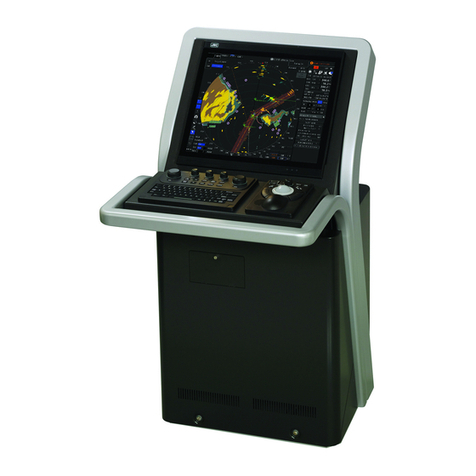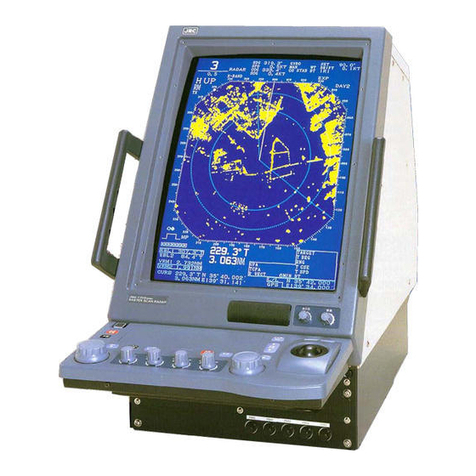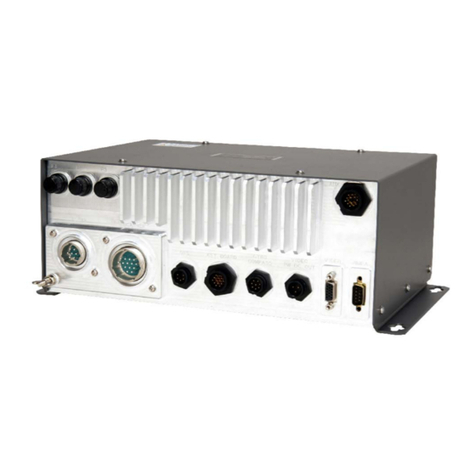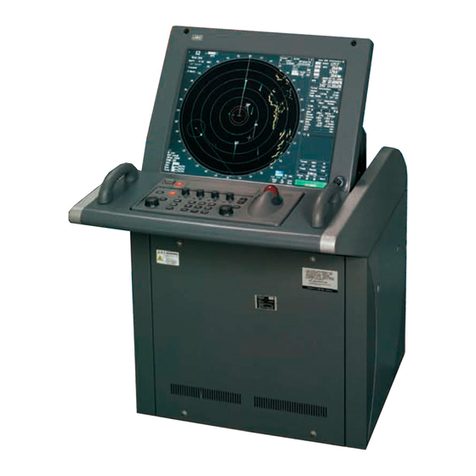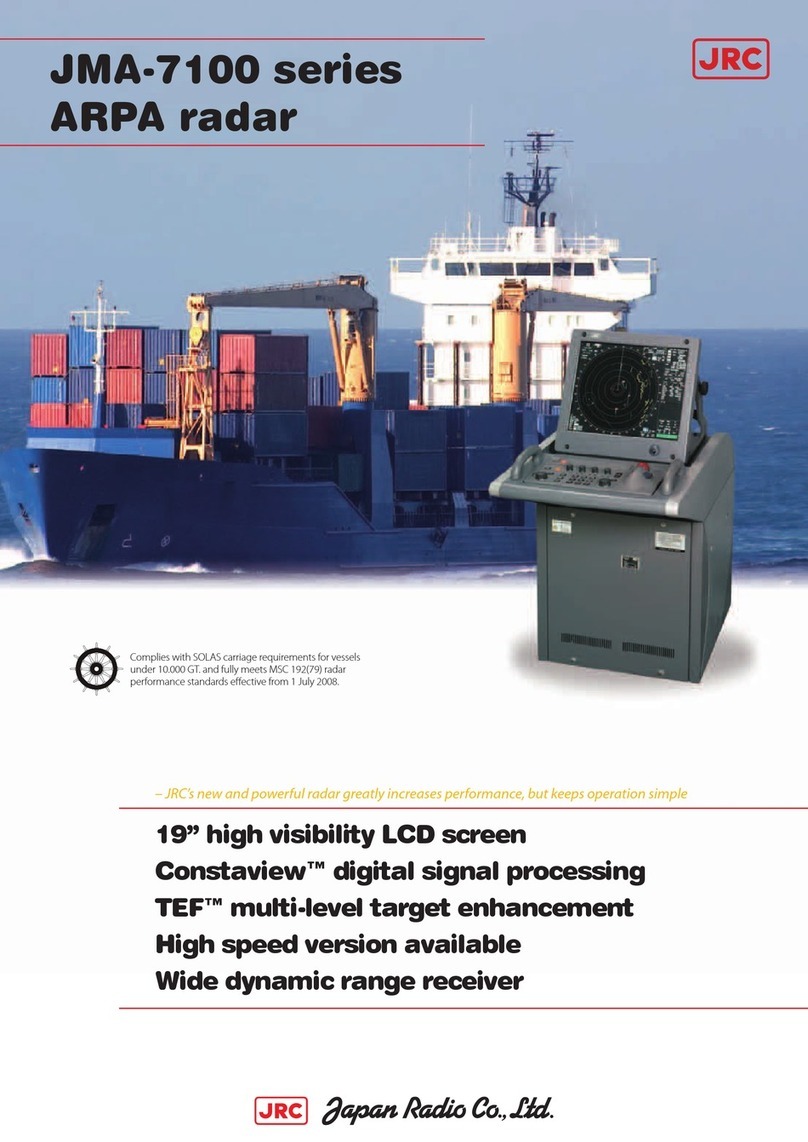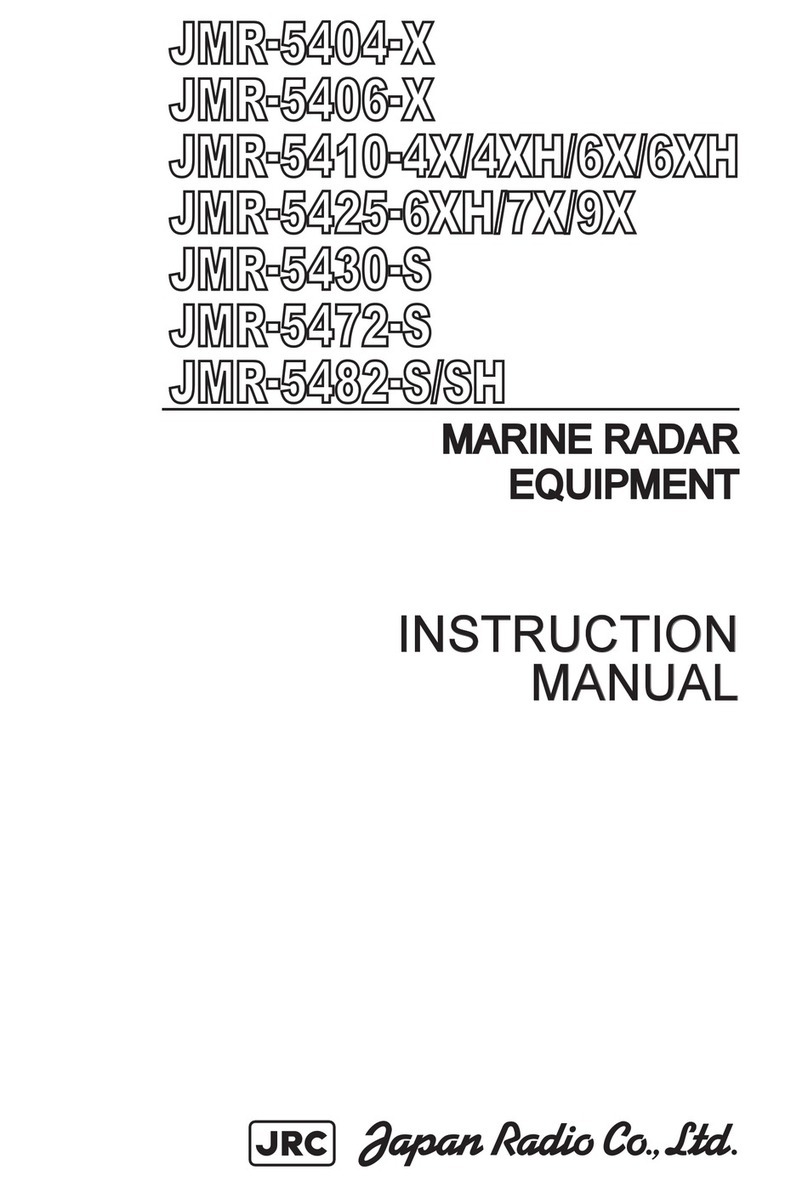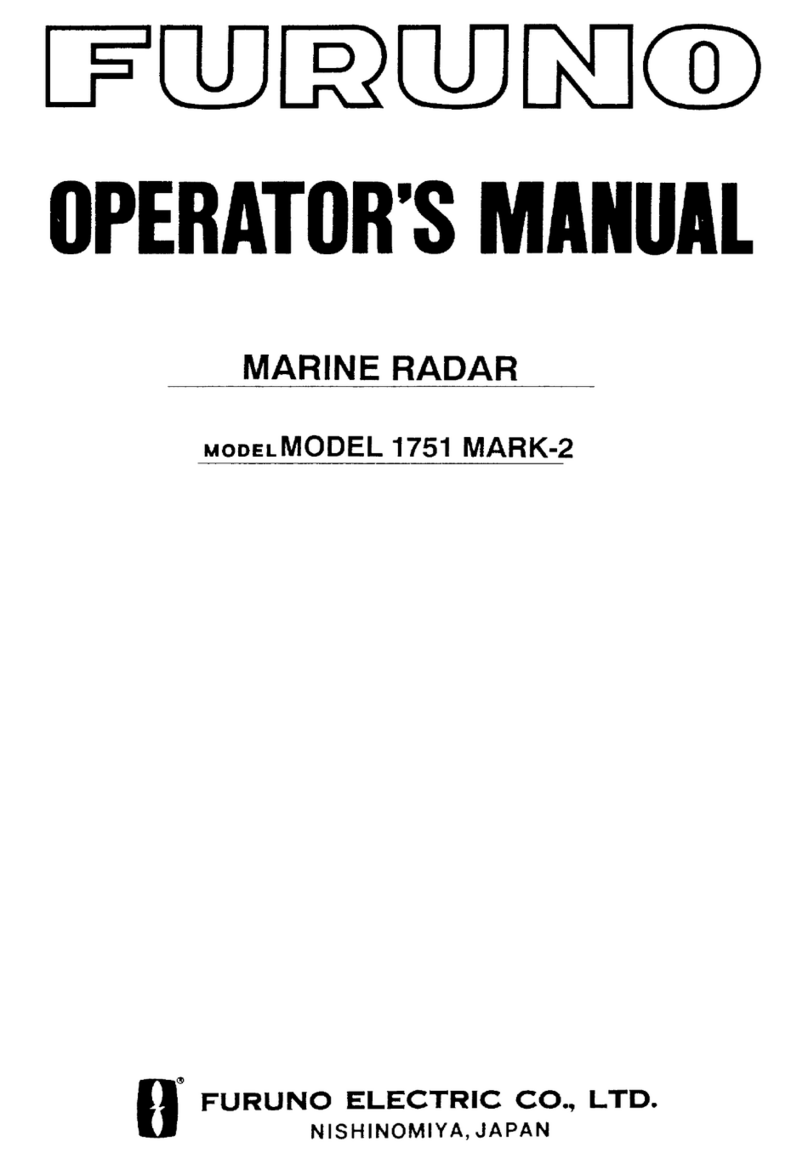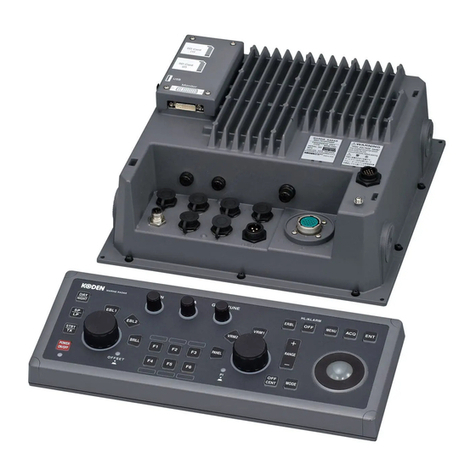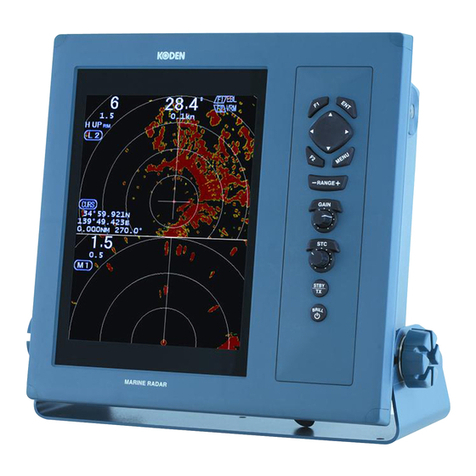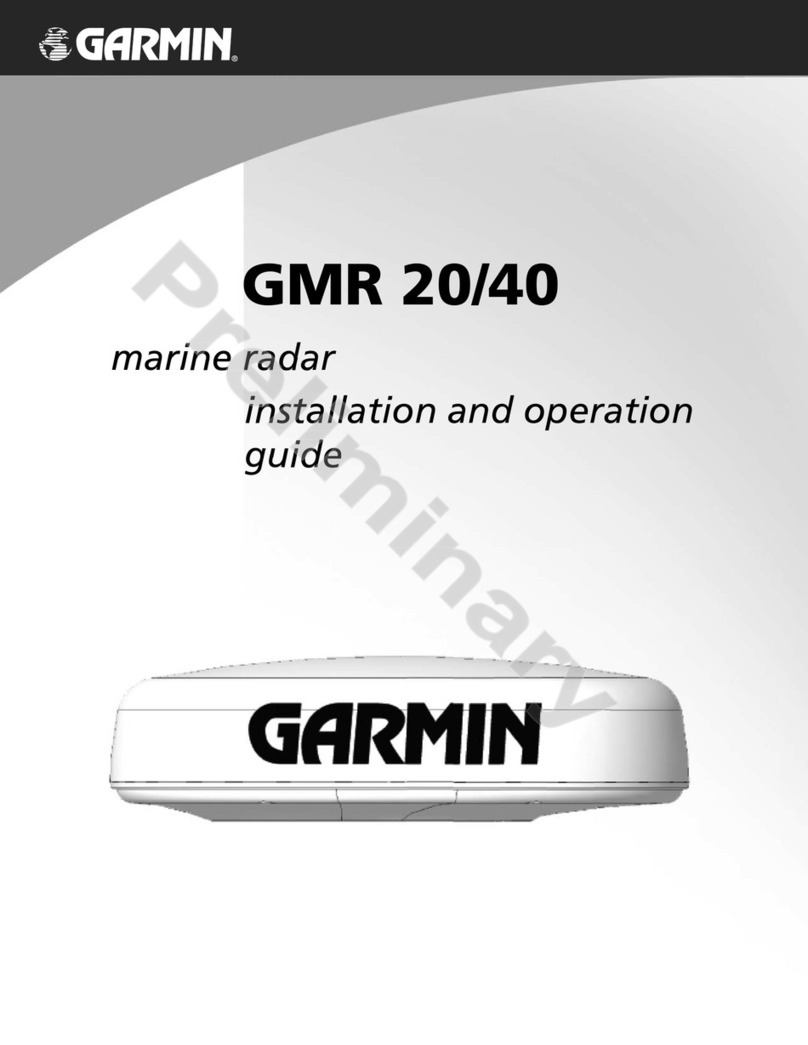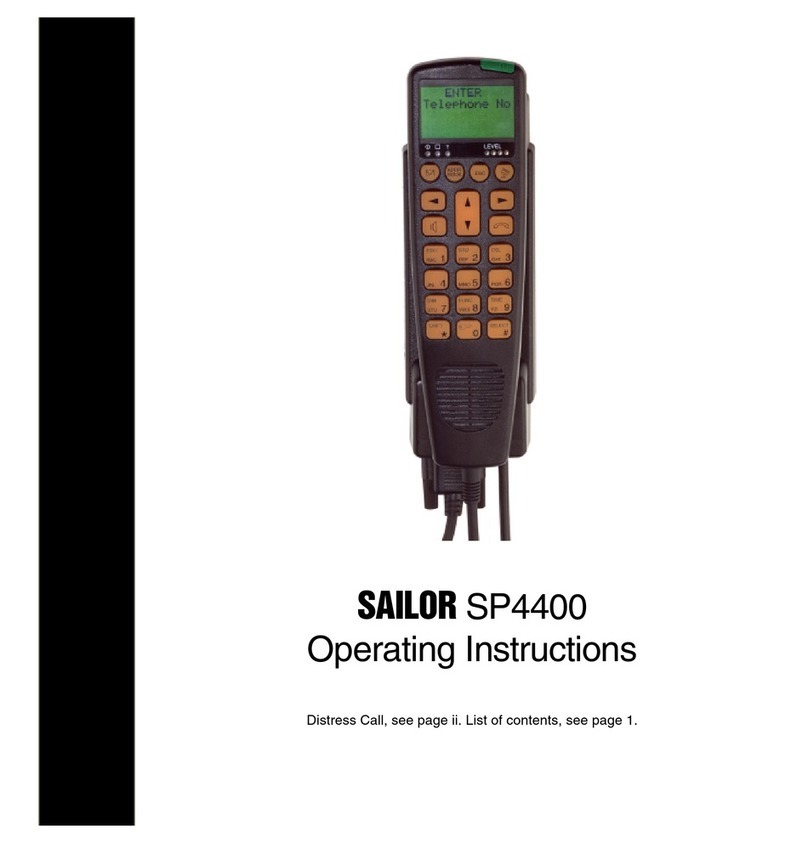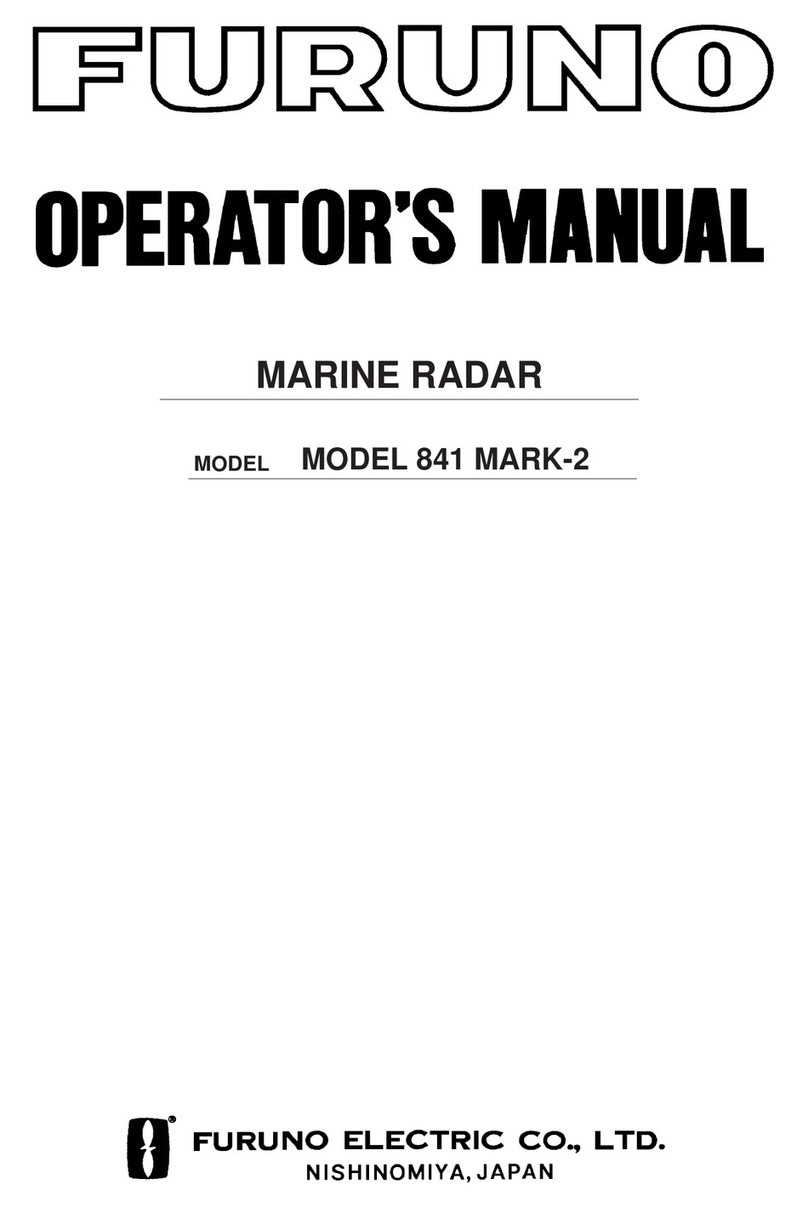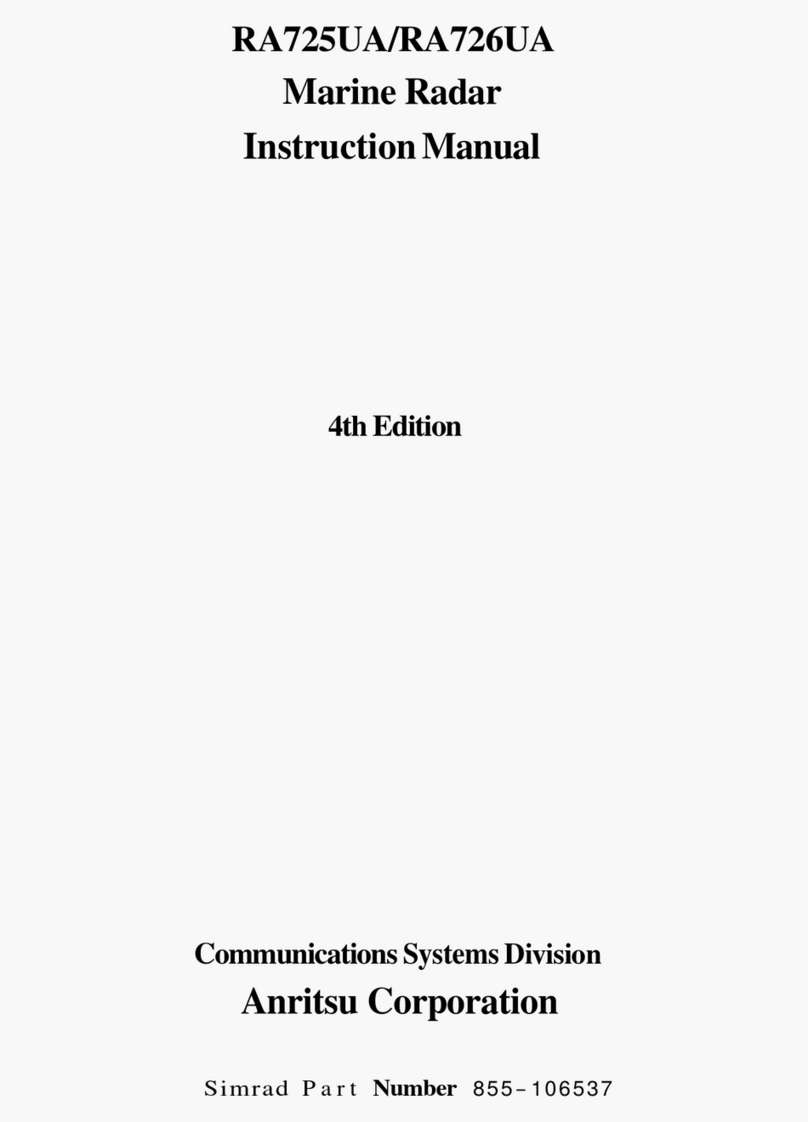– v –
◆◆◆◆PRECAUTIONS BEFORE OPERATION◆◆◆◆
■Cautions for high voltage
High voltages from hundreds volts to tens of thousands volts are to be applied to the electronic
equipment such radio and radar devices. You do not face any danger during normal operation, but
sufficient cares are required for maintenance, inspection and adjustment of their internal
components. (Maintenance, check-up and adjustment of the inside of the equipment are prohibited
except by maintenance specialists.)
High voltages of tens of thousands volts are so dangerous as to bring an instantaneous death from
electric shock, but even voltages of hundred volts may sometimes lead to a death from electric
shock. To prevent such an accident, make it a rule to turn off the power switch, discharge capacitors
with a wire surely earthed on an end and make sure that internal parts are no longer charged before
you touch any parts inside these devices. At the time, wearing dry cotton gloves ensures you further
to prevent such danger. It is also a necessary caution to put one of your hands in the pocket and not
to use your both hands at the same time.
It is also important to select a stable foothold always to prevent additional injuries once you were
shocked by electricity. If you were injured from electric shock, disinfect the burn sufficiently and
get it taken care of promptly.
■What to do in case of electric shock
When finding a victim of electric shock, turn off the power source and earth the circuit immediately.
If it is impossible to turn off the circuit, move the victim away promptly using insulators such as dry
wood plate and cloth without touching the victim directly.
In case of electric shock, breathing may stop suddenly if current flows to the respiration center in
the brain. If the shock is not so strong, artificial respiration may recover breathing. When shocked
by electricity, the victim will come to look very bad with weak pulse or without beating, resulting in
unconsciousness and rigidity.
